
Reading Time: 5 minutesLet me begin this review with full disclosure: the 2025 Toyota Tacoma TRD Pro Hybrid featured
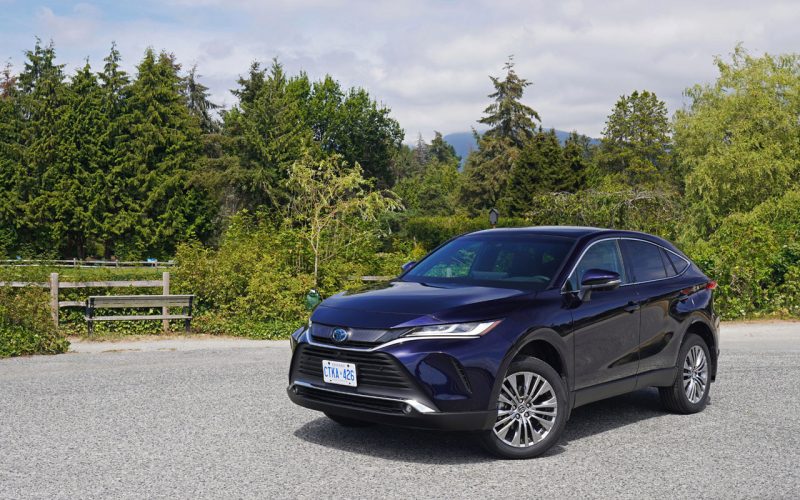
Reading Time: 13 minutesIt’s been about a year since I got back behind the wheel of Toyota’s completely rethought
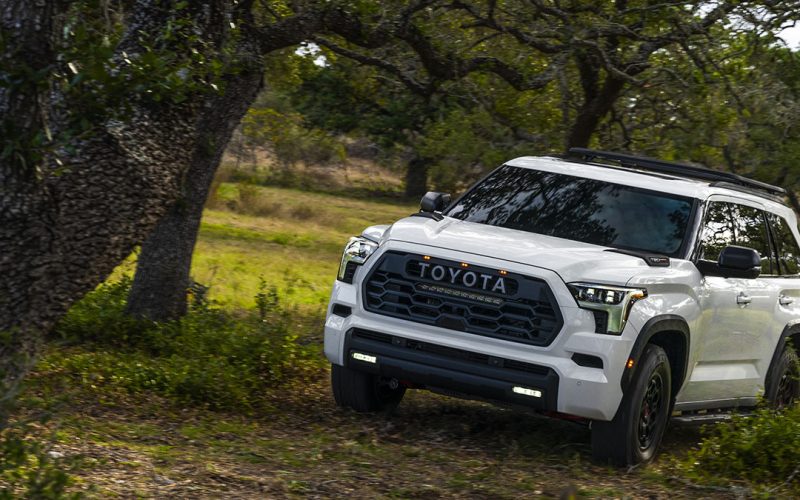
Reading Time: 9 minutesThink back to 2008. It’s not a year everyone will remember fondly, due to the housing
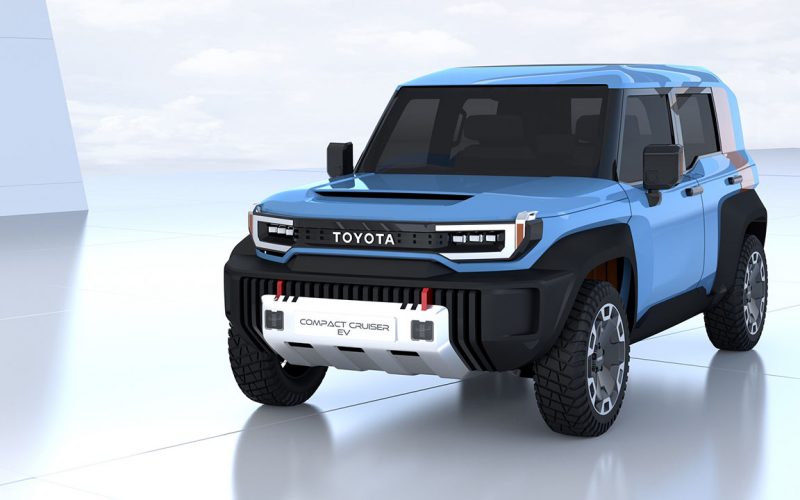
Reading Time: 5 minutesLet’s get this right out in the open: Toyota needs to build a production version of
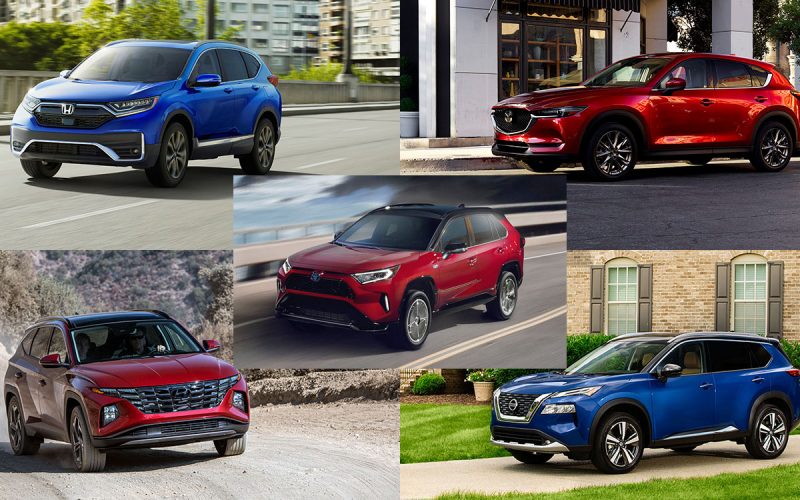
Reading Time: 12 minutesThere’s no hotter segment in today’s car market than the compact crossover SUV. Having started in

Reading Time: 17 minutesIf I loved Toyota’s Highlander Hybrid any more, it would be a Hyundai Palisade hybrid. I
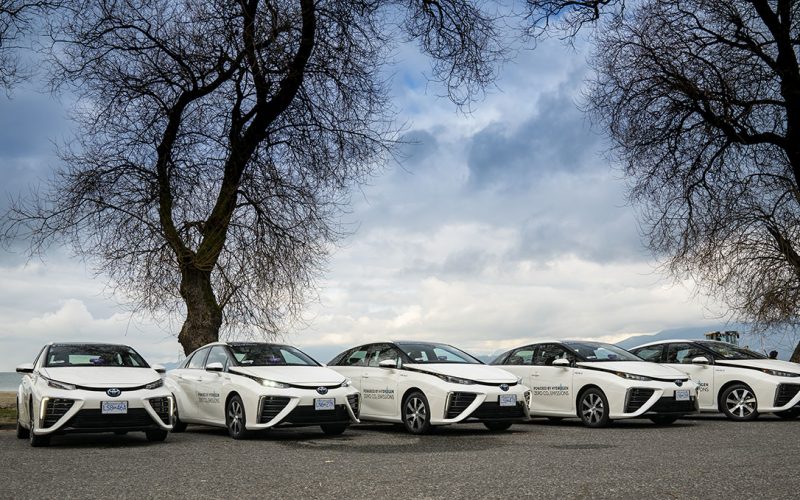
Reading Time: 6 minutesTogether with Toyota Credit Canada, Toyota Canada just announced a deal to supply 24 zero-emission Mirai
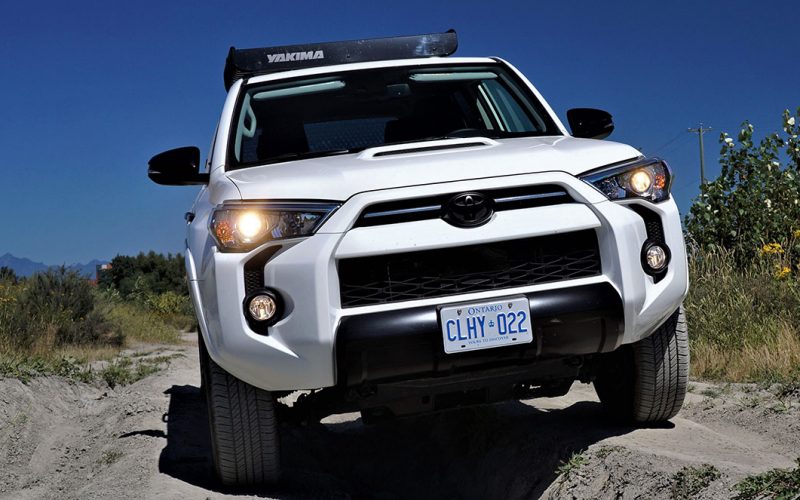
Reading Time: 13 minutesIf you’re the adventurous type and therefore require something to get you as far into (and
© 2025 The Car Magazine. All Rights Reserved, Privacy Policy | Terms of Use